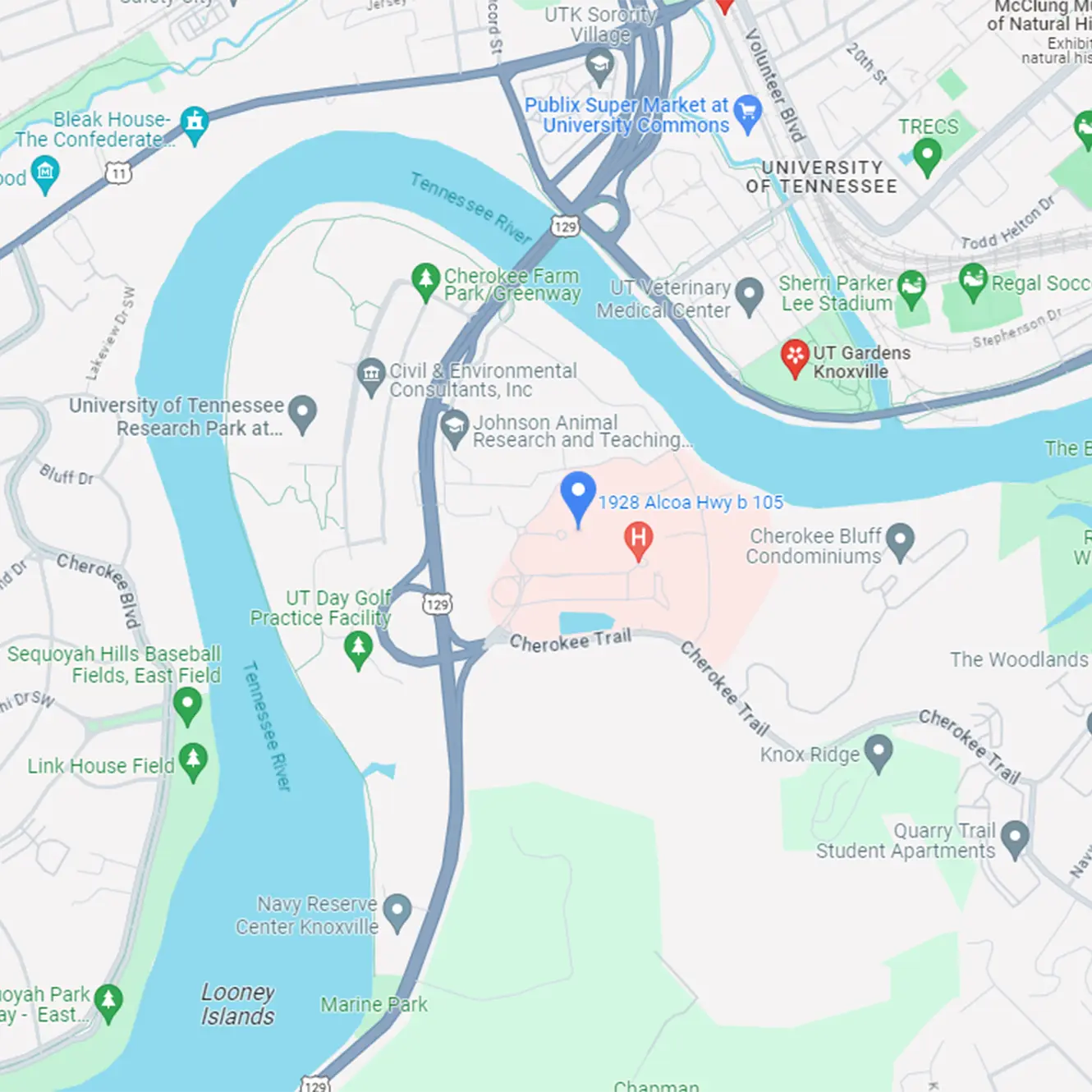Supplies:
- Soap and water
- Cotton tipped applicators
- Tissues
- Luer slip syringe (5-10 mL)
- 60 ml catheter and syringe
Instructions:
- Gather the above supplies.
- Wash your hands.
- Every feeding or daily:
- Before feeding, check to see if the G-Tube is not clogged or displaced outside of the stomach by connecting an extension set to the G-Tube and a syringe with 10 mL water to the extension set feeding port. Pull back on the plunger to see stomach contents in the tube, then, flush with the water in the syringe. Stomach contents are usually yellow or clear. Check for leaking around the stoma.
- Alternatively, you may draw 5-10 mL of air into the syringe and attach to the extension set attached to the patient. Using a stethoscope, listen over the left side of the abdomen above the waist. When you inject the air, you should hear a “growl” or rumbling/bubbling sound as the air goes in.
- If the above attempts to confirm placement and patency of the G-Tube fail, do not feed until consulting your physician.
- Daily:
- Inspect the skin around the stoma after each feeding for leakage.
- If you use a dressing, change it daily or whenever it is wet or soiled. Never allow a wet dressing to stay in contact with the skin this can contribute to an infection.
- Clean around the stoma and clean the G-Tube with soap and water. Clean the balloon port with cotton tipped applicator to remove dried formula.
- Rotate the G-Tube in a full circle when daily care is done. This prevents the tube or balloon from adhering to the skin.
- Flush the G-Tube at least 3 times a day, even if continuous feeding. If bolus feeding, the tube should be flushed before and after each feeding and before and after each medication.
- Residual: You may be asked to confirm residual before feedings. To do this, attach a 60 mL catheter tip syringe to the end of the extension set and gently pull back on the syringe plunger to withdraw gastric contents. Generally, replace the gastric contents back into the stomach, If gastric emptying is a problem identified with the patient, you will receive specific instructions regarding volumes and when to withhold feedings.
- Decompression: You may be instructed to decompress (release air or food) the stomach before or after feedings. To decompress a MIC-KEY G-Tube attach an extension set and a 60 mL catheter tip syringe, open the clamp and hold the syringe above the level of the patient to allow excess air to escape.
- Weekly:
- Check the volume of water in the balloon because this is what holds the G-Tube in place at least once a week.
- Attach the Luer slip syringe to the balloon port and withdraw all the water without removing the G-Tube from the patient.
- If the volume withdrawn is less than what the balloon was filled with, add additional water to make up this difference.














